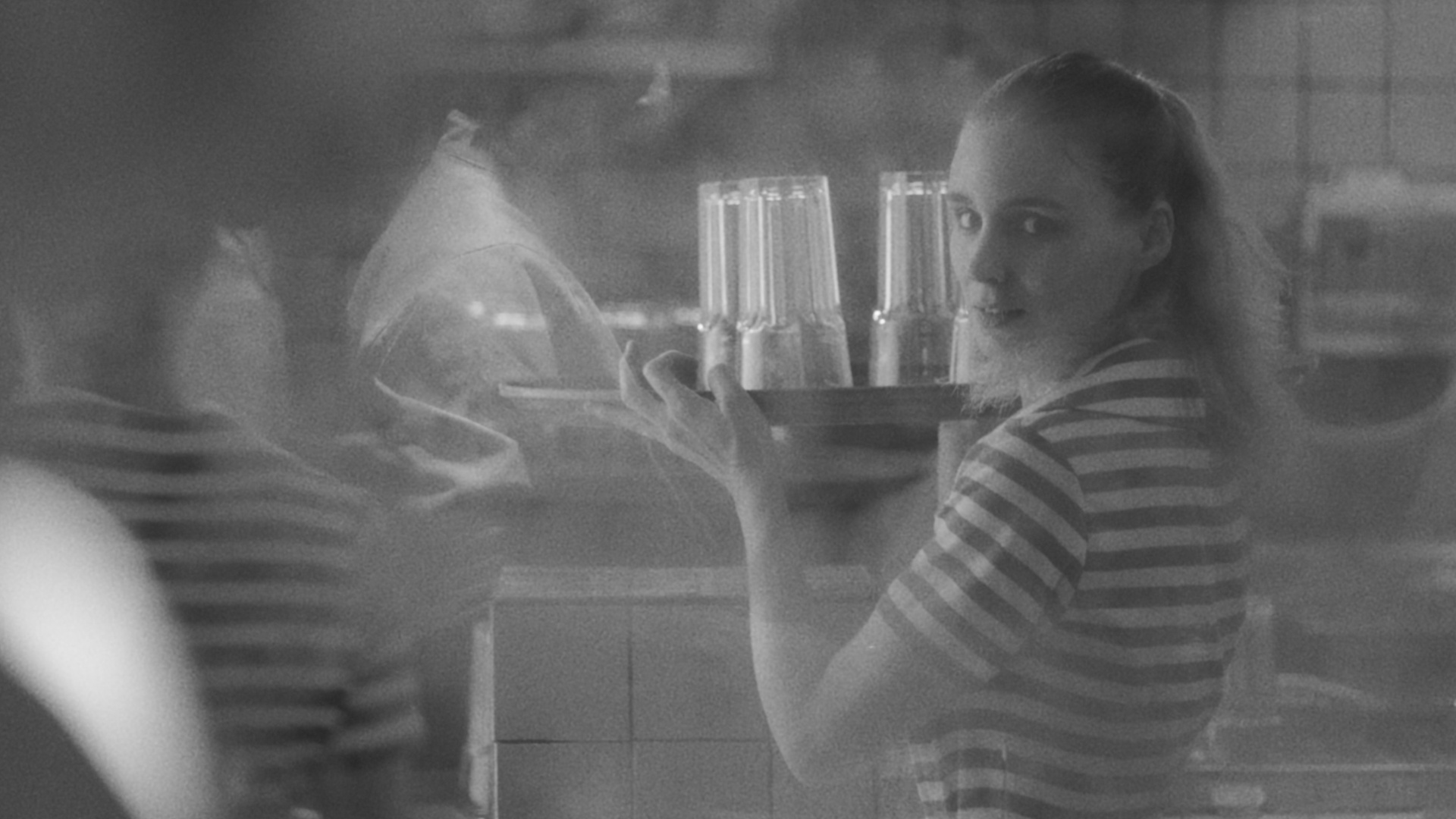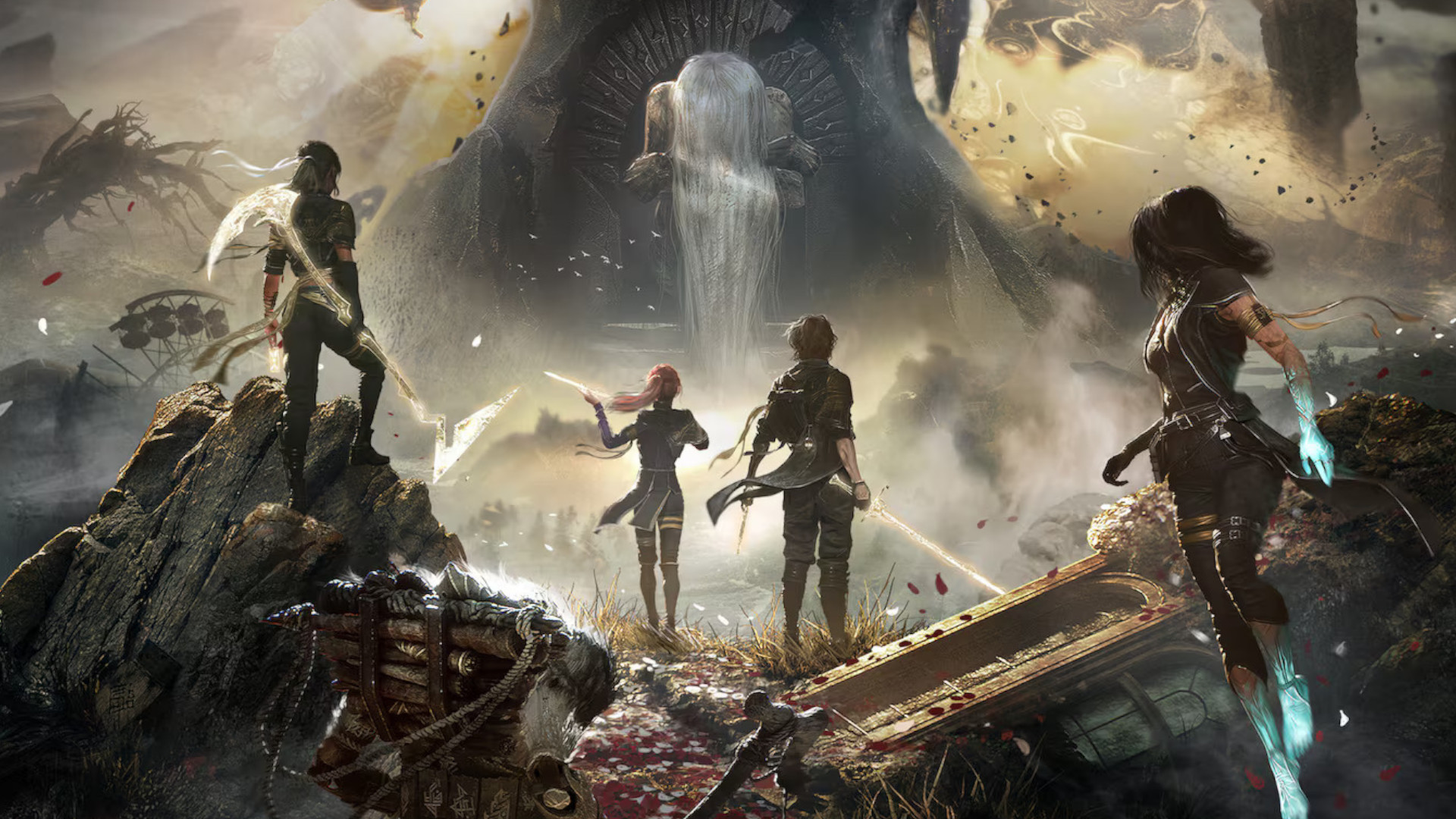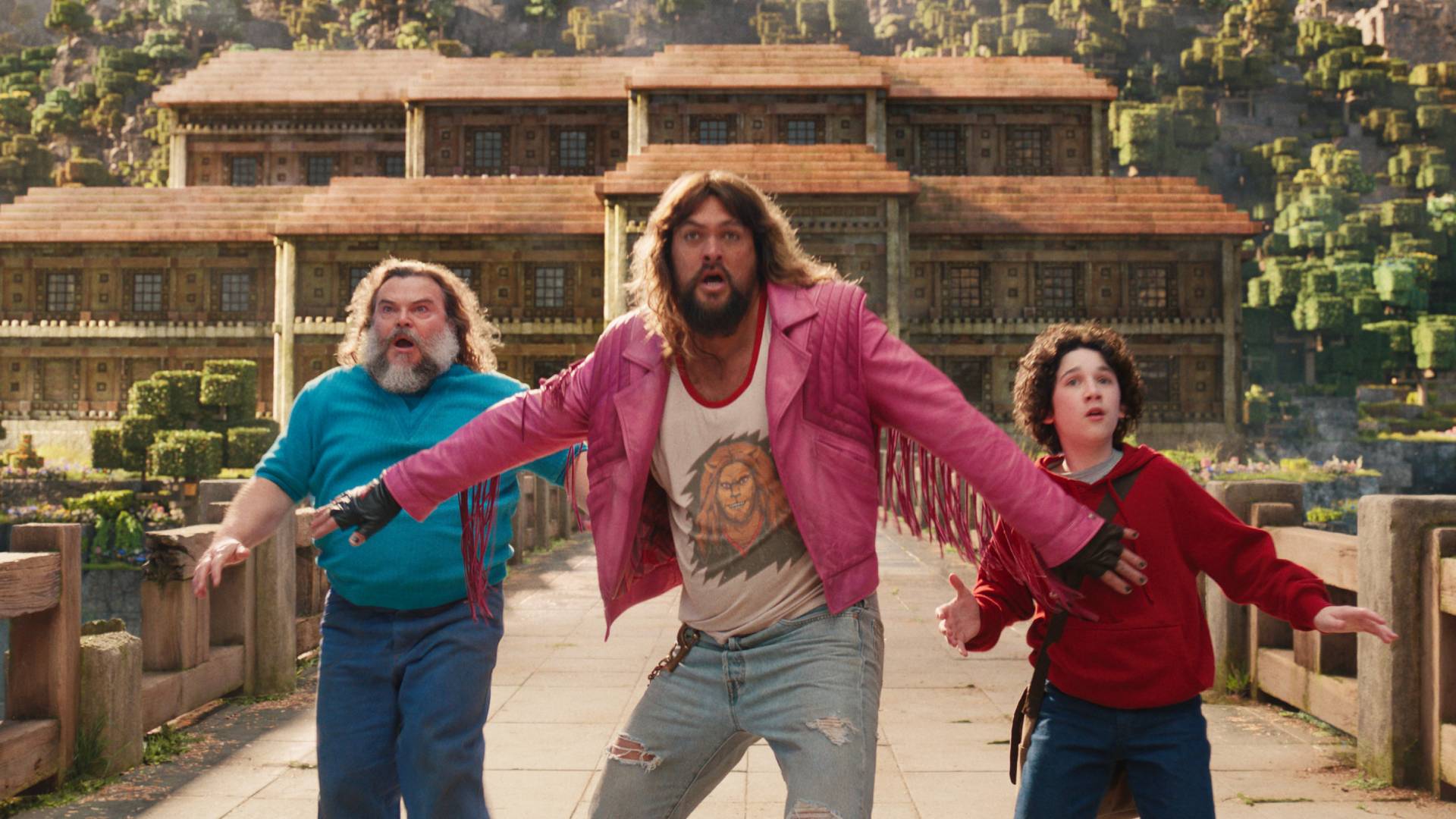New horror movie The Woman in the Yard is a sad, sophisticated exploration of mental health struggles – and Blumhouse's best film since The Invisible Man

Warning! This feature contains major spoilers for The Woman in the Yard, as well as themes of depression and suicide.
Blumhouse horror has a bit of a reputation. I mean no disrespect by that; I'm known among friends and colleagues as the girl whose eyes widen with glee at the announcement of every new flick from the production company. But with titles like Freaky, Happy Death Day, and M3GAN making up its roster, it's understandable why it's become known as the studio that makes popcorn flicks. In short, it makes fun genre thrill rides over blood-curdling chillers – and that's totally okay.
Every so often, though, a more thought-provoking gem sneaks through. In 2017, our socks were knocked clean off by Jordan Peele's Get Out, which sees a young Black photographer discover that his white girlfriend's family are members of a racist cult. Three years later, Leigh Whannell gave Universal Monsters classic The Invisible Man a modern-day upgrade, reframing it as a domestic abuse story about a woman trying to escape her tech-savvy husband. And this year, The Woman in the Yard surprised me in much the same way.
Shining a light on the under-the-radar theatrical releases that you need to know about, with a new article every Friday
Directed by Jaume Collet-Serra (Orphan, Carry-On), the movie centers on Ramona (Danielle Deadwyler), who's struggling to get out of bed in the morning following the sudden death of her husband – much less run her family's remote farm and care for her two children Taylor (Peyton Jackson) and Annie (Estella Kahiha). On the particular morning we meet her (the film takes place over less than 24 hours), the power's gone out, which obviously isn't ideal when you're in a horror movie. Not that the trio are thinking like that, of course; at first they assume the scariest thing that'll happen to them that day is experiencing Tay's Doritos-flavored scrambled eggs…
It quickly becomes clear all is not well at home, with the emotionally distant Ramona frequently sniping at the youngsters. But things really take a turn when Annie points out that a mysterious veiled figure has plonked themselves on their front lawn. Spooked, Ramona confronts the woman, who seems to know Ramona's husband David (Russell Hornsby) has passed, and she's made more uncomfortable by her confused babblings: "How did I get here? Today's the day." When the stranger opens her hands to reveal her bloody palms, Ramona runs back inside, as Tay positions a chair in front of a window to keep an eye on the lady.
Sun-drenched dread

Inside, tensions rise as Ramona tries to distract Annie and control an agitated Tay. She suggests that the woman is probably a resident of the retirement home down the road and that when the power comes back on, they can call the facility and ask if they're missing anyone. "How are we gonna do that if we don't even know her name?" Tay shouts, sparking a bust-up between the teen and his mother. Collet-Serra and writer Sam Stefanak hint at Ramona knowing more than she's letting on, but Deadwyler so deftly switches between steely self-assuredness and wide-eyed panic that you can't help but second-guess it.
Is she a ghost? The Grim Reaper? My mind raced over the mystery, trying to find any clue that'd tell me. Towards the midway point, Tay takes it upon himself to threaten The Woman, which leads to her telling him that Ramona relayed the specifics of how David died "backwards". With that, I became convinced the three of them were dead, à la Alejandro Amenábar's Gothic 2001 flick The Others – and that David was the one who'd survived the car crash that night. I figured The Woman was some sort of hellhound keeping Ramona, Tay, and Annie in their own personal purgatory. The reveal, though, turns out to be much more harrowing than that: the titular character is a spectral manifestation of Ramona's all-consuming grief and she's been summoned to "give her strength" in what winds up being her final day. Though it's not the kind of strength you might wish for if you're fond of happy endings.
Sign up for the Total Film Newsletter
Bringing all the latest movie news, features, and reviews to your inbox
I was truly taken aback by the bold, visual way Collet-Serra and Stefanak depicted Ramona's depression as it tightens its grip on her – and how unflinching the movie is in its bare-faced bleakness. As The Woman creeps closer and closer to the house, she plagues Ramona with terrible visions of her murdering her children, before she uses the setting sun to sneak into the house using shadows. A little on the nose, perhaps, but it makes for some creative shots, and it feels fitting for the darkness to spread and, with it, let the evil in.
In one of the film's most heartbreaking scenes, The Woman corners an increasingly confused Ramona and calmly convinces her that her children would be better off without her, manipulating photos of them on the wall to portray happy older versions of the twosome – futures that will only become a reality if Ramona removes herself from their lives, The Woman claims. With that, she orders Tay and Annie to walk the mile to their neighbors, before heaving David's rifle up into the attic. As Ramona weeps, The Woman forces her hands back until the gun rests just under her chin. It's an absolutely devastating scene to watch play out and I was genuinely shocked that a Hollywood movie went there; it reminded me, instead, of European horror films such as Let The Right One In, The Orphanage, and Speak No Evil. All of which see their stories through to the bitter, tear-jerking end. It's been a very long time since I've seen an American flick brave enough to do the same.
Too far gone

Since the film was released on March 28, some have posed theories as to the film's "ambiguous" ending. For me, though, it seems pretty clear that The Woman managed what she set out to do: to have Ramona succumb to her hopelessness. Seconds after the rifle grazes Ramona's jaw, Collet-Serra cuts to the attic window, where you can see the beginnings of a sunrise in the distance. Prompted by Tay and Annie's soft calls of "Mama" from outside, Ramona wanders downstairs to greet her children and their dog Charlie, who vanished earlier on in the movie, before the smiling family turns back into the house.
So, did she go through with it? Well, when the camera panned into the front window onto one of Ramona's paintings and revealed that her name is written backwards in the bottom right-hand corner, it seems pretty definitive; a skillful way of confirming Ramona's last act without having to show the violence. While that's my own interpretation, there's an argument to be made that Ramona simply accepted that her depression is a part of her – evidenced by the artwork of her face blending into that of The Woman's – and that her backwards signature was simply her way of acknowledging what she had to overcome to come out the other side.

Rooney Mara's new kitchen drama that's being called "The Bear on steroids" is a tense, darkly funny take on the American dream
You see, the film doesn't make out like Ramona's mental health struggles started when David died. She's been living with this for a long time. In a flashback detailing the road accident, it sees her tell her spouse that she's deeply unhappy in the countryside, before he explains that they made the decision to move together and they can't up sticks again. In response, she claims that even if they managed to do up the house just the way they dreamt it, she'd still struggle. As with the rest of the movie, its setting is intentional, a metaphor for how isolating depression can be and how hard it is to make others understand what's going on inside your head. On the way back from dinner that evening, it's revealed that Ramona was actually the one driving home, and she sees The Woman in the rearview mirror right before the collision.
I knew as I was watching the back half of The Woman in the Yard unfold that it would be divisive and, as predicted, some viewers have argued that it romanticizes suicide or, worse, makes Ramona out to be a villain. Personally, I came away thinking the opposite. It turns Ramona's depression into a tangible, manipulative baddie who doesn't attack her or hurt her physically, it slithers around her like a snake until she can no longer differentiate between reality and dreams. She's the ultimate trickster, and I think a lot of people who have battled self-loathing voices in their head can relate to that.
As it stands, the new film is currently rated 44% on Rotten Tomatoes and I think that's a real shame. Fortunately, you don't have to look too long on Twitter to find someone championing it, and insisting to their followers that it's so much more than just a jumpscare fest. Sometimes, sadly, the demons win – and every so often, Blumhouse dares to remind us.
The Woman in the Yard is in cinemas now. For more unmissable movie recommendations, check out the previous entries in our weekly Big Screen Spotlight series.
If you're struggling with feelings of hopelessness and are based in the UK, reach out to Samaritans at 116 123. It's free, though if you'd prefer to talk via email, contact jo@samaritans.org. If you're in the US, call New 988 Mental Health Emergency Hotline at 988 or text "HELPLINE" to 62640 for support from National Alliance on Mental Illness (NAMI).
I am an Entertainment Writer here at GamesRadar+, covering all things TV and film across our Total Film and SFX sections. Elsewhere, my words have been published by the likes of Digital Spy, SciFiNow, PinkNews, FANDOM, Radio Times, and Total Film magazine.
You must confirm your public display name before commenting
Please logout and then login again, you will then be prompted to enter your display name.



